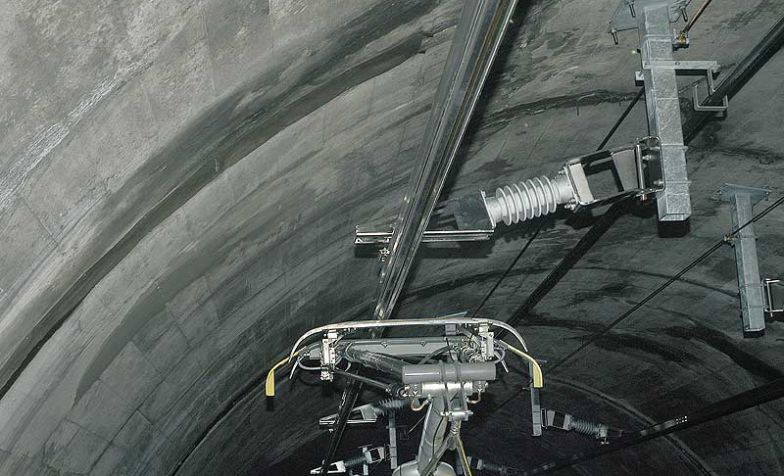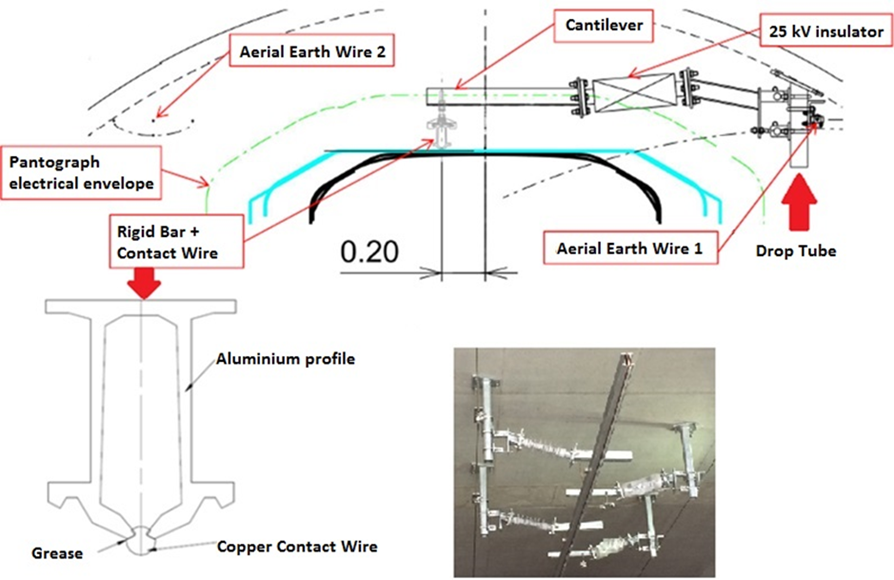Can you back up your claims? The REM has a catenary specifically for the winter weather. The CDPQ Infra would definitely not choose a feature that would cut into their contractual reliability and per distance traveled costs. And the stuff you mention about aerodynamics seem to be a stretch...
Some of this is simple logic. What do you need cited? And Mtl gets twice as much snow than TO on average and listed it as a leading reason they went with catenary. Not sure which is worse for ice storms, TO or MTL, but hopefully it got sufficient weighting in the decision. Not unlike how snow and ice weigh on wires

A few other things to keep in mind however. Mont Royal tunnel was already built and big enough for cat, so big savings. As well most of the route is on the ground, with the elevated portion well away from homes, so conspicuity of masts and wires not a big concern.
OL OTOH two new tunnels, extra 1.5m diam for cat. $$$ Elevated portions next to homes and over streets, with grand expectations on this forum that all extensions will also be above streets going forward. Errant balloons, lightning, high winds - ok we'll shutdown for some time so crews can work to fix it. And bc it's overhead power, work is more complex since it's working at heights.
I think that's mostly on the part of the anti-wire crowd. I'm kind of ambivalent, and assume that the engineers involved selected catenary because it is the best solution when all factors are considered. I mean, if catenary is the wrong solution for OL, then GO Expansion is doomed.
Did "all factors" get considered? We had pictures of sleek trains on uncluttered guideways. Then later a blurb saying catenary is 'generally more reliable and cheaper'. That's it. And is it true? All things considered it seems less reliable, and more expensive (both up front and in perpetuity).
Other posts with the "doomed" and "catastrophe" hyperbole aren't needed. Mainline rail and LRT catenary is fine. Why? Because it's
quite literally the only option for electriification of those systems. A subway is different. And cities still very much build third rail subways - for lines from scratch and not legacy. Turkey, Italy, Singapore, USA, SKorea, Switzerland...list goes on. Heck throw Canada in there with the Canada Line.

